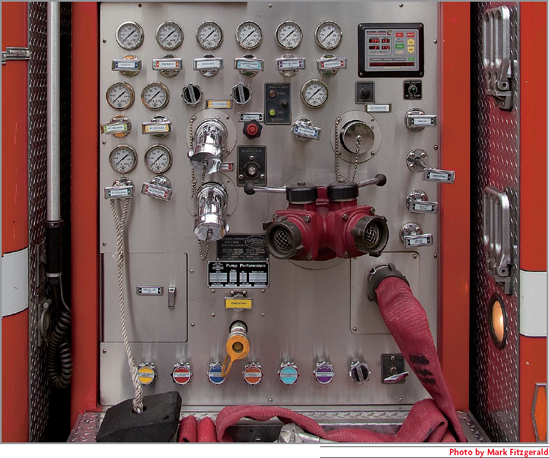Chapter 1. GETTING ORGANIZED

Photoshop has forever changed the way the photographic postproduction process is carried out. Image modifications that were unthinkable only a few years ago are easily accomplished in only a few minutes. Now a skilled Photoshop user is limited only by her imagination.
However, this digital dream can quickly turn into a nightmare when important files are hard to locate or when they completely disappear. Because of that, it's important to build an organized system that ensures every file is stored in an appropriate place, and that each is backed up in the event of a hard-drive crash.
Understanding File Formats
Adobe Photoshop CS5 works with a variety of file formats. Most are created when edited files are saved with the Save As command. Figure 1-1 shows the options available in the Format pop-up menu. Choices here determine the kind of file that is created during saving. Be aware that this set of options is available only when saving an 8-bit file because 16-bit files can only be saved in a few formats.
Note
Bit depth is discussed in Chapter 8.
People who deal with digital photography don't generally use all of these file formats. I work with lots of professional photographers and typically, they use four file formats 99 percent of the time: RAW, PSD, TIFF, or JPEG.
Raw
RAW is a special type of file format that's used to capture images with dSLR cameras and some ...
Get Adobe® Photoshop® CS5 Restoration and Retouching for Digital Photographers Only now with the O’Reilly learning platform.
O’Reilly members experience books, live events, courses curated by job role, and more from O’Reilly and nearly 200 top publishers.

